Study challenges the textbook idea that the brain region that processes body sensations reorganizes itself after limb amputation.


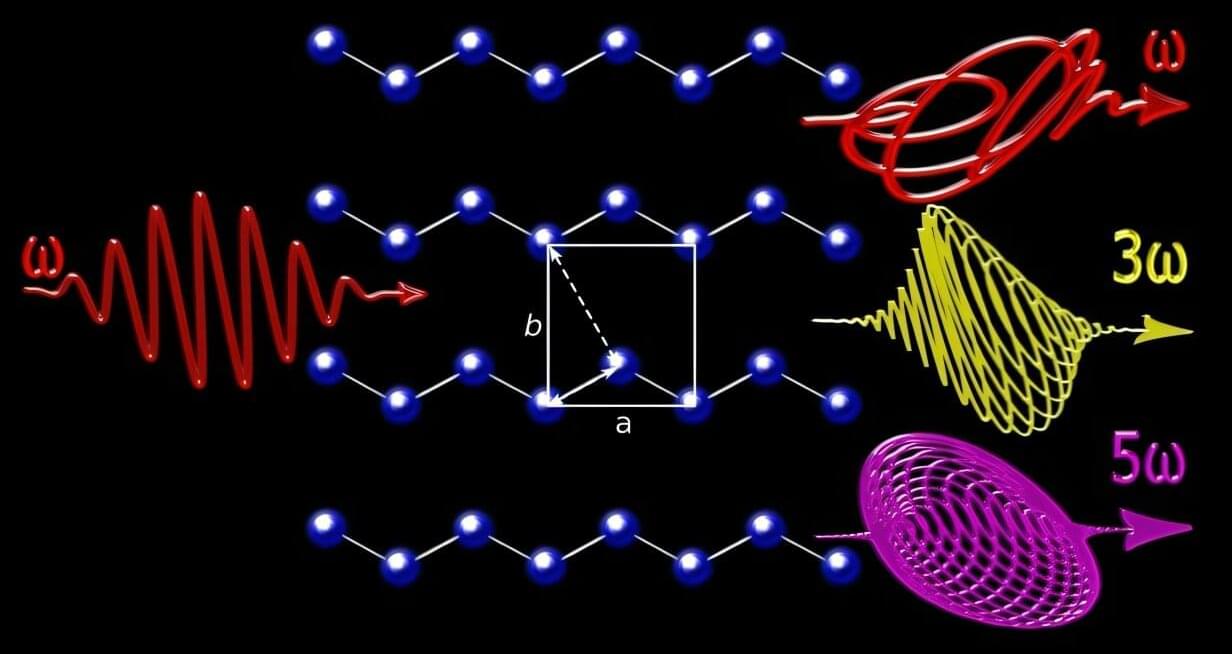
Researchers are taking the laser out of LASIK by remodeling the cornea, rather than cutting it, in initial animal tissue tests.

Terence Tarnowsky, a physicist at Los Almos National Laboratory (LANL), will present his results at the fall meeting of the American Chemical Society (ACS). ACS Fall 2025 is being held Aug. 17–21; it features about 9,000 presentations on a range of science topics.
FOR IMMEDIATE RELEASE
Lea este comunicado de prensa en español
WASHINGTON, Aug. 18, 2025 — From electric cars to artificial intelligence (AI) data centers, the technologies people use every day require a growing need for electricity. In theory, nuclear fusion — a process that fuses atoms together, releasing heat to turn generators — could provide vast energy supplies with minimal emissions. But nuclear fusion is an expensive prospect because one of its main fuels is a rare version of hydrogen called tritium. Now, researchers are developing new systems to use nuclear waste to make tritium.
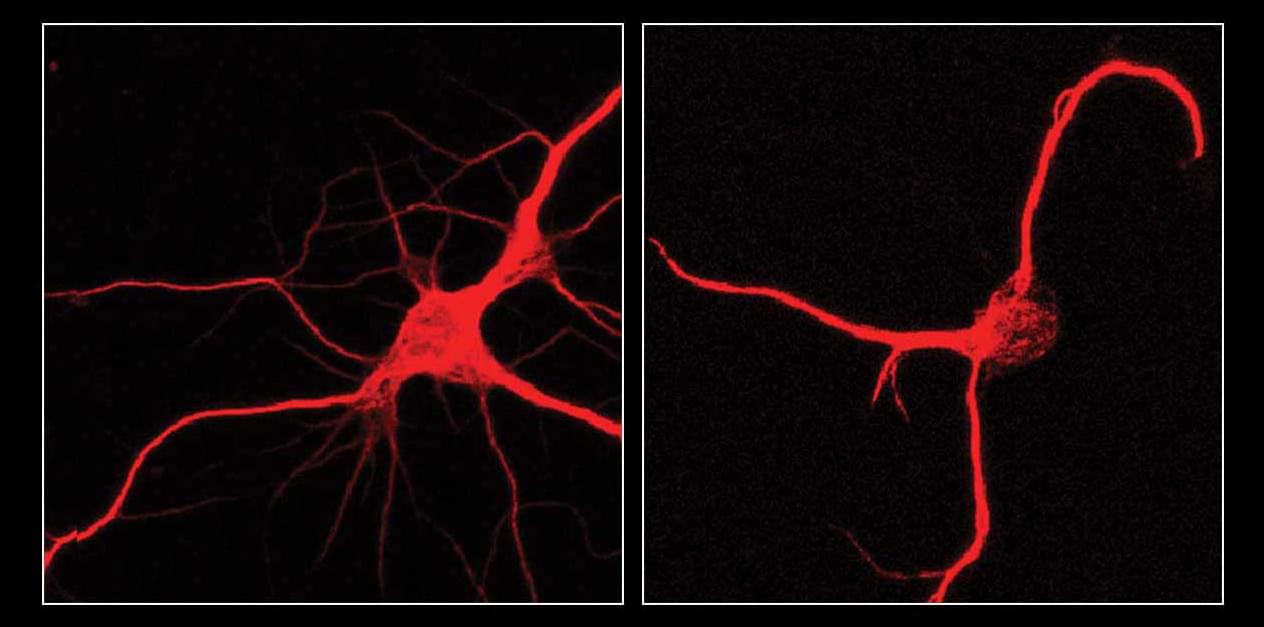
Aging is particularly harsh on the hippocampus, the brain region responsible for learning and memory.
Now, researchers at UC San Francisco have identified a protein that’s at the center of this decline.
They looked at how the genes and proteins in the hippocampus changed over time in mice and found just one protein that differed between old and young animals. It’s called FTL1. Old mice had more FTL1, as well as fewer connections between brain cells in the hippocampus and diminished cognitive abilities.
Scientists discover a protein that gets concentrated in the brain during aging, leading brain connections to wither and cognitive decline to accelerate — and a way to counter its effects.

Anybody got a spare $130 million?
Dr. Bill Andrews, a trailblazing scientist, is on a mission to cure aging. From a childhood dream sparked at age 10 to his pioneering telomerase research, he reveals how Sierra Sciences could reverse aging in just three years with $130 million in funding. Yet, investor demands for quick returns stand in his way.
He believes that a Biotech Freedom Zone through Immortalis—a revolutionary approach to bypass funding and regulatory hurdles—is the catalyst to transform longevity research, making health affordable and aging a thing of the past.
Join the community behind the first ever Biotech Freedom City:
https://joinimmortalis.com
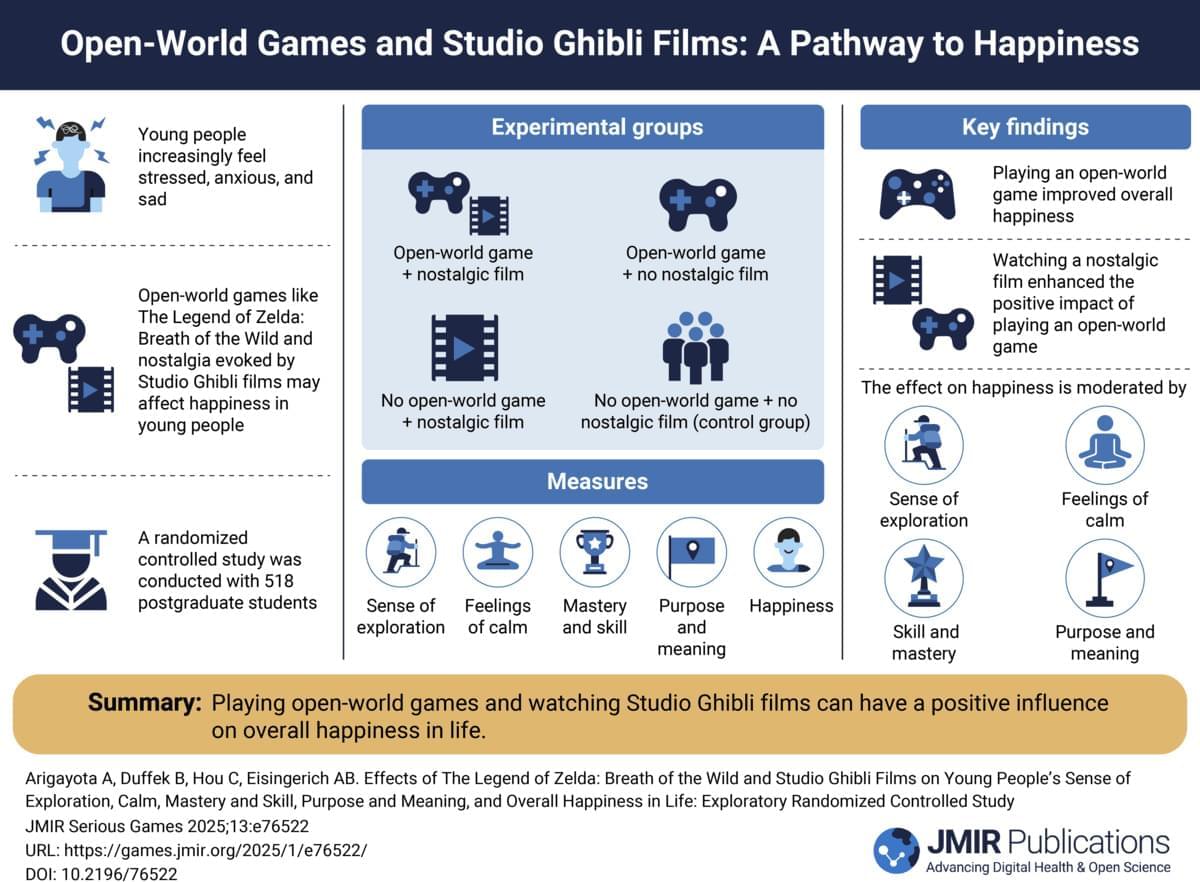
Background: Young people feel increasingly anxious and sad nowadays. Engaging with works of art and entertainment, such as playing open-world games or watching Studio Ghibli films, can be more than just a pastime. However, the extent to which, if at all, open-world games and feelings of nostalgia affect overall happiness in life remains unclear.
Objective: This study aimed to examine the extent to which open-world games, such as The Legend of Zelda: Breath of the Wild, and nostalgia evoked by Studio Ghibli films, such as Hayao Miyazaki’s My Neighbor Totoro or Kiki’s Delivery Service, affect postgraduate students’ sense of exploration, calm, mastery and skill, purpose and meaning, and, ultimately, happiness in life.
Methods: A controlled laboratory experiment was conducted using a 2 (playing an open-world game vs no open-world game) × 2 (nostalgia vs no nostalgia) between-subject design. Study participants (N=518) were randomly assigned to the study’s 4 conditions and answered a brief questionnaire, examining their sense of exploration, calm, mastery and skill, purpose and meaning, and, ultimately, happiness in life. As part of the study, we conducted univariate analysis and bootstrapping-based moderated mediation analysis with 5,000 resamples.
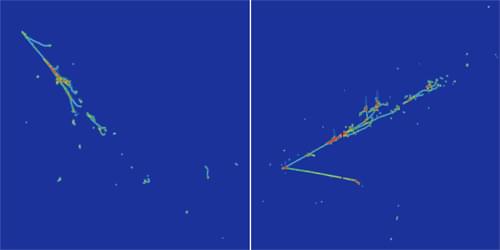
In 2018, results from the MiniBooNE neutrino experiment suggested the exciting possibility that low-energy muon neutrinos quantum-mechanically flip into electron neutrinos more frequently than predicted by the standard model of particle physics. Theorists have sought to explain this anomaly, known as the low-energy excess (LEE), by invoking beyond-standard-model explanations such as the existence of new flavors of neutrinos (see Viewpoint: The Plot Thickens for a Fourth Neutrino). However, there was always the possibility that photon emission attributed to electron-neutrino interactions had been caused by other processes. Now, an analysis of five years of data from MicroBooNE, a follow-up experiment with a different design, has effectively ruled out the electron-neutrino-based interpretation of the LEE [1].
MiniBooNE operated by observing the Cherenkov radiation from fast-moving charged particles generated by neutrino–nucleus interactions in the 800 tonnes of mineral oil that constituted the detector’s sensitive volume. But the experiment could not easily exclude photons from other sources. MicroBooNE has a smaller sensitive volume composed of liquid argon, but it can reconstruct charged particles’ trajectories and energies precisely, allowing it to identify photon origins more reliably. As well as taking advantage of this intrinsic selectivity, the MicroBooNE team took elaborate steps to reduce all sources of uncertainty, both instrumental and theoretical.
The resulting high-quality data show good agreement with the standard-model predictions. By comparing these results with those from MiniBooNE, the researchers were able to exclude the electron-neutrino-based explanation for the apparent LEE at a confidence level of over 99%. While this conclusion might be disappointing for some, it compels scientists to look for new explanations for the MiniBooNE anomaly, the cause of which is still unknown.
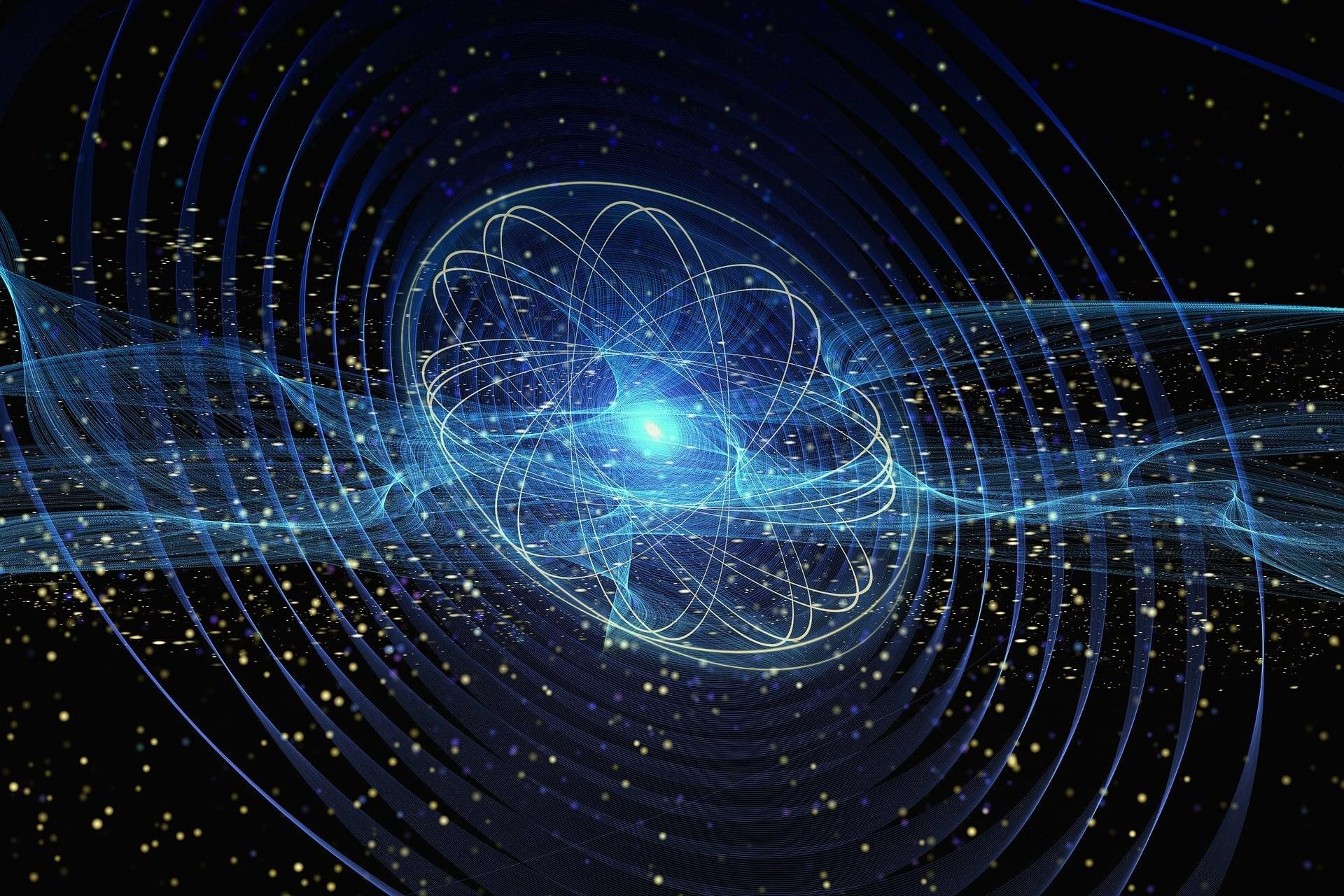
Polaritons are formed by the strong coupling of light and matter. When they mix together, all the matter is excited simultaneously—referred to as delocalization. This delocalization has the unique ability to relay energy between matter that is otherwise not possible.
Disordered energy is ubiquitous in nature and the universe. Disordered energy is less organized and less available to do work, such as with heat dissipation. Even in plants, disorder can ruin effective energy transfer.
In the context of polaritons, as disorder increases, it can negatively affect light-matter interactions, including polariton-enabled energy transfers. Overcoming this disorder is an important topic across many scientific fields.